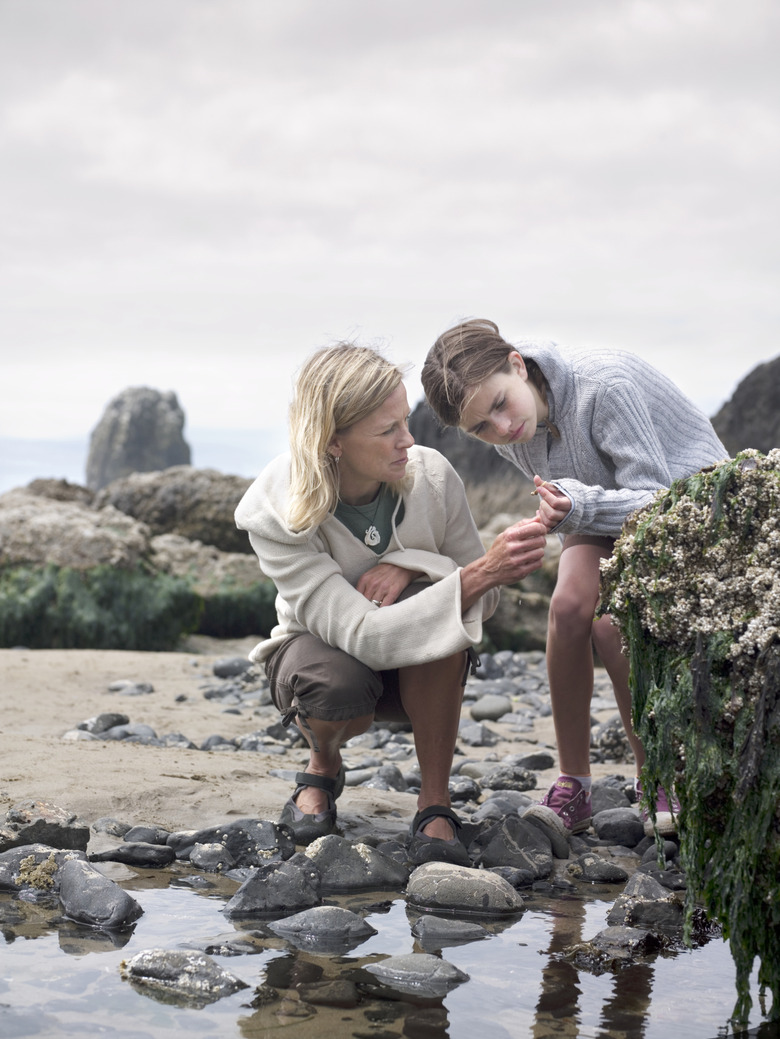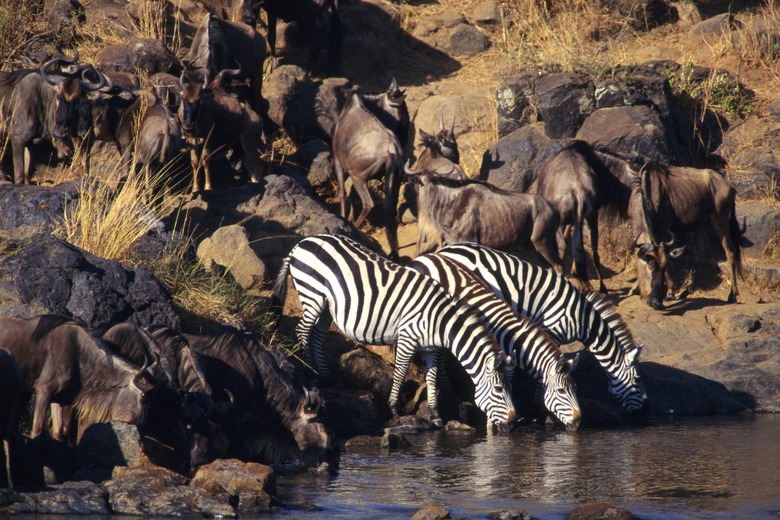Physical Address
Suite 5, 181 High Street,
Willoughby North NSW 2068
Physical Address
Suite 5, 181 High Street,
Willoughby North NSW 2068

Ecosystems — biological communities — include living organisms like animals, plants, insects and bacteria, as well as nonliving components like rocks, soil, water and sunlight. Survival of the living organisms in an ecosystem depends upon their adaptability to both the living and nonliving elements within its community.

As a functional unit of nature that includes the community of organisms that grow, reproduce, feed and interact, an ecosystem also includes the nonliving elements of the environment. An ecosystem describes a single environmental and ecological unit or community, whereas a biome, by contrast, tends to be regional and often has several distinct ecosystems within it. An aquatic ocean biome consists of numerous ecosystems like tidal pools, coral reefs and kelp forests.

The living creatures in a biological community include microscopic living organisms to all classes and sizes of animals. In a pond, for example, living organisms range in size from the algae and zooplankton in a drop of pond water to the larger fish, amphibians, lilies and cattails that make their homes in the pond. All the different populations of species co-existing and thriving within that same environment define the inhabitants of an ecosystem. The resilience of the community hinges on a cycle — or chain of events and processes — that creates food and energy for all the organisms within the community. The ecosystem’s cycle encompasses the producers, consumers and decomposers who cycle energy through the food web so that there is constant productivity, decomposition and nutrient cycling.

The nonliving things in an ecosystem create and define the ecosystem’s environment and include sunlight, temperature, precipitation, weather, landscape, soil chemistry, water chemistry and even base nutrient supply. These abiotic components — nonliving — remain vital to the ecosystem’s health because they are keystones in its energy flow and nutrient cycle.
Energy from sunlight is transformed into chemical energy through photosynthesis by plants, which define the base producers in most ecosystems. Essential nutrients and elements — such as carbon, nitrogen, oxygen — that are necessary for the biochemical processes of life are obtained from the surrounding atmosphere, soil, water and the physical environment. Energy and elements are endlessly cycled within the ecosystem because of the interaction between its biotic or living and abiotic, non-living elements.

The biotic and abiotic elements of an ecosystem interact in cycles defined by daily life, time and the seasons. Nonliving factors determine what living things can be supported in an ecosystem. The living creatures in a habitat affect the nonliving elements within the community. For example, plants can affect soil chemistry or certain algae can influence water chemistry. An ideal ecosystem remains naturally balanced among its parts, both biotic and abiotic, so that energy flow and nutrient cycling stay stable enough for all organisms to reproduce and thrive. Any disruption to the ecosystem — like the removal or addition of an abiotic or biotic factor — often impacts numerous aspects of the community’s organization. Introducing an invasive species or a toxic pollutant can throw the ecosystem’s structural organization off-kilter, often with domino-like effects.